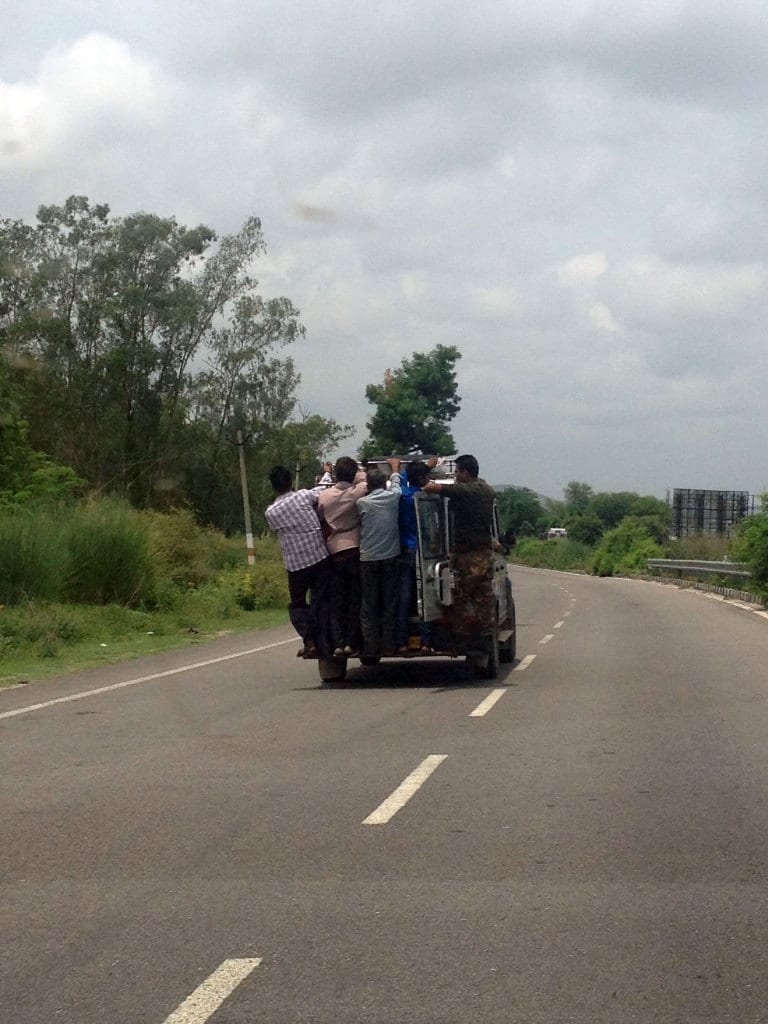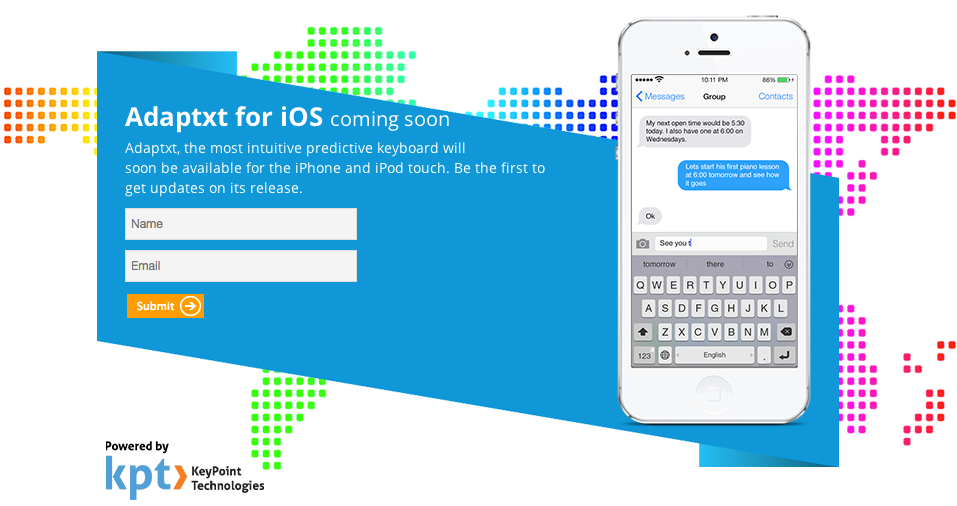We have come a long way from the first smartphone to the latest one’s that have more processing power than a laptop. So what’s next for mobile devices? Yes we know wearable gadgets are the next big thing as players like Amazon has created a special section to sell them.
But what about smartphones? Has the innovation ended with the number of cores, megapixels, LTE and it being water-proof, dust-proof etc?
The answer is NO! The flagship devices from each manufactures will continue to fight the cores and megapixels war but re-invention of the wheel will take place at the grass root level. How did I figure that out? I believe that there is no denial that the next phase of growth for smartphones will be driven by local-language content. The reason I can say it with so much surety is my recent trip to Jaipur, Rajasthan. Unlike the metropolitan city like Delhi, where I live, the city of Jaipur has most of its population speaking Hindi and other local languages. It’s not that they can’t speak, understand or write in English, but they prefer Hindi and other languages over English. As I was on a road trip, I got an opportunity to drive around every nook and corner of the pink city. In my personal travelogue, I jotted down a few things I noticed and one of them was related to smartphones and its usage in small towns. I am sure it’s the same around the world, be it Eastern European countries or South America.


Coming back to India, with the availability of economical Android smartphones, the smartphone market in India just exploded. A lot of people who were used to feature phones, jumped to Android devices by Samsung, Lava, Karbonn, Micromax, well the list practically endless. But despite this huge adoption of Android smartphones, there is a major chunk of population who didn’t/couldn’t opt for the smartphone league. I used didn’t/couldn’t because the chunk of population I am talking about, specifically didn’t buy an Android smartphone because the language they are well versed with wasn’t there in the device. Coming to the people who couldn’t buy the device, the reason was simply that they couldn’t understand the complexities of the Android OS and again the reason was the language.
Citing all this, I realised why my domestic help has returned the last few android smartphones I gave him. A few days after I’d retuned home from my trip, I decided to get a new smartphone for him. This time I decided to go out and check a smartphone that Lava Mobiles had launched sometime back, Lava Iris 402e. I had remembered that this device had regional language support but before I order it online, I went to a local retailer to have a look at the device and get a hands-on demo.
At the local smartphone shop, I didn’t specifically ask for the Lave Iris 402e, instead I asked the expert to give me a phone that had regional language support. He suggested a few smartphones from Lava, Samsung, Micromax etc. After going through the features and specs of all the handsets given to me, I zeroed down on Lava Iris 402e, which I’d come for in the first place.
So, why did I choose Lava Iris 402e over the other smartphones? To start with:
The device didn’t have just a multilingual keyboard like all the other devices were offering; instead it had complete localisation of the phones UI. Event the box mentioned that the device supports – Hindi, Telugu, Marathi, Tamil, Gujarati, Kannada, Odia, Punjabi, Assamese and Bengali. That’s 10 local languages! See the screenshots below to experience the difference:



Before I finally bought the device and decided to pen down this article (my experience) for my readers. I learnt a lot of new things, discovered new facts and got an opportunity to talk to best of the best in tech and linguistic fields. One such person is Roberto De Meo, Head of Product Management and Linguistics at KeyPoint Technologies. Roberto sits out of the KPT’s U.K. office and was kind enough to speak to me at length about KPT, Adaptxt, KPT Lava Iris 402e, plans and yes the much awaited iOS8 Adaptxt keyboard.
Here are the key points of my conversation with Roberto from KeyPoint Technologies:
- There would be no delay in Android OS updates due to localization and customization done by KPT on any of the android devices
- Similarly new Android OS version wouldn’t hamper the performance or usability of the localization and customization done by KPT on any of the android devices
- As localization is one thing that will help penetrate smartphone to masses, KPT is working with device manufacturers throughout the world to launch newer devices
- iOS users ‘Rise Up!’ as Apple has allowed 3rd party keyboards with the announcement of iOS 8. Pouncing on this opportunity KPT has even launched a splash page where users can sign up for the Adpatxt iOS 8. To sign up and be the first to try the free Adaptxt Keyboard for iOS 8, please visit http://www.adaptxt.com/IOS/

By now it’s established that one of the obstacles is definitely language, and with more local language content, you’re going to see a lot of growth. This will also be helped along with improvements in speech to text, and voice controls. We have 150 million Internet users, and the next 300 million won’t use English. That’s why working on regional languages is the key to driving growth. With that said, we’re definitely seeing good growth happening organically. There’s heavy usage from small towns and people are definitely eager to be online because the Internet offers even more value in a small town. This implies that smart devices with regional languages preinstalled throughout the OS is a must.
According to recent TRAI data, out of 860 million wireless subscriptions in India, only 15% of the users list English as their language of communication. Addressing this huge and fast growing demand for local content in India, KeyPoint Technologies has come up with a complete localization solution for the Indian market.
Acceptance and use of local languages on a large scale is a key element for wireless and Internet adoption in India. India is one of the largest markets for localization services on smart devices. For Smartphone players and OEMs, the availability of truly localised content and tools is critical to increase Smartphone penetration in tier 2 and tier 3 markets aggressively.
With this I hope that we will soon see smartphones getting smarter and more user friendly. Stay tuned for further developments in the field of linguistics for smart devices.











